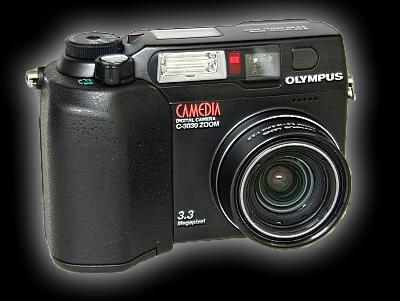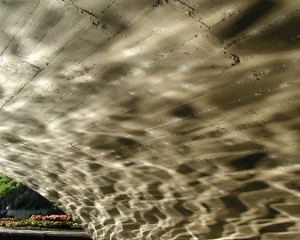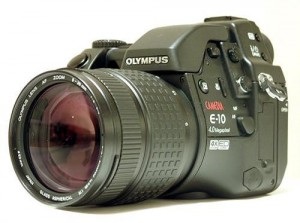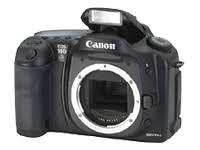 So around 2001, digital camera prices had finally dropped far enough (ha!) that something with reasonable resolution (a whopping 3.3 megapixels) could be had for under $1,000. The downside of film — at least for me — is the amount of time it actually takes. Mixing the chemicals, printing, cleaning up means even something simple is a three or four hour undertaking.
So around 2001, digital camera prices had finally dropped far enough (ha!) that something with reasonable resolution (a whopping 3.3 megapixels) could be had for under $1,000. The downside of film — at least for me — is the amount of time it actually takes. Mixing the chemicals, printing, cleaning up means even something simple is a three or four hour undertaking.
 My first digital was an Olympus C3030. For the time and money, this was actually a pretty nice camera. It cost just under a thousand smackers, used SmartMedia cards that could hold upwards of 32 megs and actually had decent image quality. The biggest problem with the C3030 was shutter lag. Press the shutter button and some time in the next 45 minutes (well, it felt like) the camera would actually fire and take a photo.
My first digital was an Olympus C3030. For the time and money, this was actually a pretty nice camera. It cost just under a thousand smackers, used SmartMedia cards that could hold upwards of 32 megs and actually had decent image quality. The biggest problem with the C3030 was shutter lag. Press the shutter button and some time in the next 45 minutes (well, it felt like) the camera would actually fire and take a photo.
Despite the shutter lag, the camera produced nice output. The image was shot with the C3030 along the River Walk in San Antonio.
 In an effort to improve on the shutter lag, I next moved to the Olympus E10. This 4 megapixel camera cost $1,500 and was a pseudo-DSLR.
In an effort to improve on the shutter lag, I next moved to the Olympus E10. This 4 megapixel camera cost $1,500 and was a pseudo-DSLR.
The E10 was slightly faster than the C3030, but by no means was it fast. Image quality was better, but only marginally. I still have portfolio images taken with the E10.
The next step was a move to Canon. At this point, everyone was pretty much trailing Canon in digital SLR development, so I switched to Canon. When Canon came out with the 10D, it represented a considerable accomplishment.
 Reasonably priced (relatively speaking) with interchangeable lenses, and a complete system approach, the Canon 10D was a hobbyist photographer’s dream.
Reasonably priced (relatively speaking) with interchangeable lenses, and a complete system approach, the Canon 10D was a hobbyist photographer’s dream.
I’ve owned a bunch of Canon DSLRs since then and have been pleased with how they work and the images they produced.